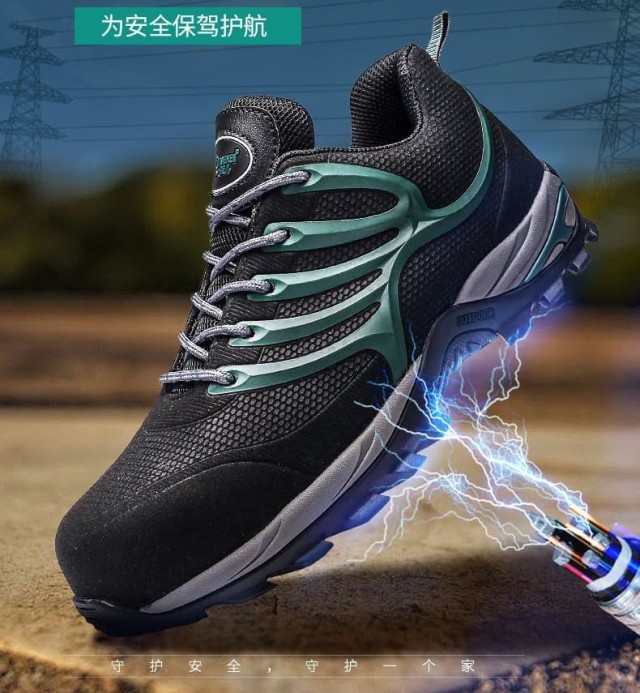When workplace hazards include electrical risks, standard safety boots won’t suffice. Selecting the right electrical safety boots—whether anti-static or EH-rated—can mean the difference between routine operations and catastrophic incidents. This guide breaks down how to match boot types to specific hazards, ensuring compliance and, more importantly, worker safety.
Electrical Safety Boots: More Than Just Compliance
How Anti-Static Boots Protect Sensitive Environments
Anti-static boots are engineered to dissipate static electricity, a critical feature in environments where sparks could ignite flammable materials (e.g., chemical plants) or damage sensitive electronics (e.g., semiconductor labs). Unlike standard boots, they incorporate conductive materials to safely channel static charges away from the wearer.
Key applications:
- Electronics manufacturing, where static discharge can ruin microchips
- Fuel handling facilities, where sparks risk explosions
When Non-Conductive EH Boots Become Critical
EH-rated (Electrical Hazard) boots are non-conductive, insulating workers from live circuits. These boots undergo testing to withstand high-voltage exposure, making them essential for electricians, utility workers, or anyone near exposed wiring.
Critical distinction: While anti-static boots control static, EH boots block current flow entirely. Misusing one for the other’s purpose can have dire consequences.
Matching Boot Type to Workplace Risks
Static Electricity vs. Live Circuits: Key Differences in Hazards
- Static electricity: A buildup of charge from friction (e.g., walking on carpet). Requires controlled dissipation (anti-static boots).
- Live circuits: Direct contact with energized sources (e.g., power lines). Demands total insulation (EH boots).
Example mismatch: Wearing anti-static boots near live wires offers no protection against shocks, as they aren’t designed to insulate.
Industry-Specific Applications
- Electronics Labs: Anti-static boots prevent static damage to components.
- Power Grids: EH boots protect against accidental contact with live equipment.
Maintenance tip: Regularly check soles for wear—compromised insulation or conductivity renders boots unsafe.
Beyond the Basics: Maintenance and Certification Insights
- Certifications: Look for ASTM F2413 (EH standards) or EN 61340 (anti-static).
- Lifespan: Replace boots every 6–12 months in high-use environments, or immediately after damage.
Daily check: Inspect for cracks, punctures, or embedded conductive debris (e.g., metal shavings).
Ready to equip your team with the right protection? 3515 manufactures certified electrical safety boots tailored to your industry’s risks. Distributors and bulk buyers can [contact us] for scalable solutions that prioritize safety without compromising comfort.
Related Products
- Wholesale Customizable Suede Safety Boots - Puncture-Proof with Velcro Closure
- Wholesale Safety Footwear Manufacturer for Bulk & Custom OEM Orders
- Customizable Anti-Smash Safety Boots for Wholesale & Private Label Manufacturing
- Wholesale Durable Mid-Cut Tactical Boots for Custom & Private Label Brands
- Wholesale High-Traction Camo Boots - Custom Manufacturer for Brands
Related Articles
- How to Choose Work Boots That Match Your Job Demands and Safety Needs
- How to Choose Work Boots That Balance Safety, Comfort, and Durability for Your Job
- How Safety Work Boots Engineer Protection: Features and Standards for Targeted Hazard Mitigation
- How to Choose Work Boots That Match Your Job's Safety Demands
- How to Choose Work Boots That Match Your Industry's Safety Needs



















